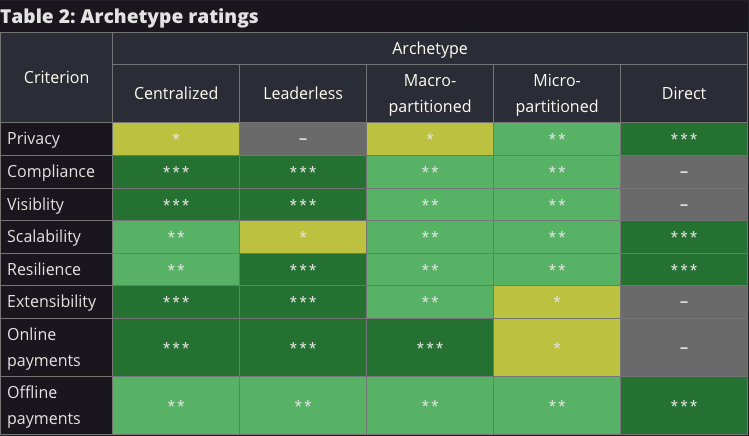A recent Bank of Canada staff analytic note revealed five trends that repeat in retail central bank digital currency (CBDC) designs. The study compared software rather than actual or planned CBDCs, and it looked at the practical implications of its results for retail payment systems.

Sriram Darbha, the author, referred to the patterns he discovered as “archetypes.” They were distinguished by the manner in which the CBDC’s condition — information about its supply and ownership — was kept and updated. According to Darbha, these traits have ramifications for both bank policy and hardware.
Darbha said:
“After studying a variety of CBDC system designs, we believe it is useful to organize the possible CBDC designs according to a few archetypes that are independent of vendor, platform and technology.”
Some of the archetypes had rather obvious titles – the centralized and leaderless archetypes mirror fundamental blockchain concepts. The idea of portioned entities, which are updated individually, is important to the macro-partitioned, micro-partitioned, and direct archetypes.

The archetypes are sorted according to eight criteria, with centralized ranking first and direct ranking last. Privacy was the most difficult criterion to assess, with only the direct archetype receiving a high grade.
On September 29, the European Central Bank presented a progress report on its digital euro inquiry phase, which investigated similar challenges.
DISCLAIMER: The Information on this website is provided as general market commentary and does not constitute investment advice. We encourage you to do your own research before investing.
Join us to keep track of news: https://linktr.ee/coincu
Website: coincu.com
Harold
CoinCu News






















